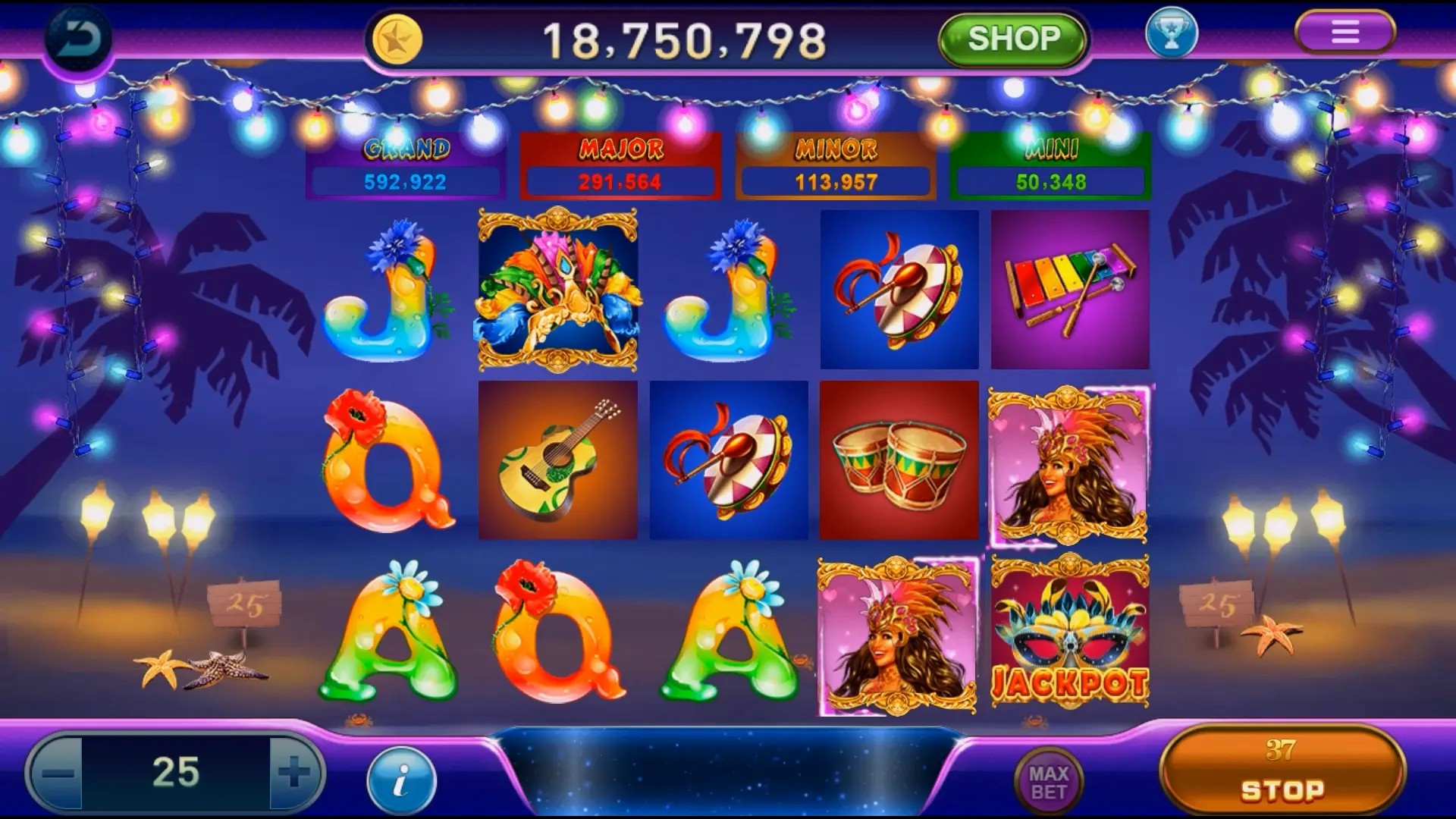Unlocking Imagination: How Creative Simulation Games Redefine Gaming Experiences
In a world where technology pushes boundaries, creative simulation games stand out as a unique genre that captivates players' imaginations. These games not only entertain but also foster innovation and creativity, offering experiences beyond simple gameplay. As the gaming industry evolves, let's explore how these games are transforming the landscape of entertainment.
The Rise of Simulation Games
Simulation games have gained immense popularity over the years. Unlike traditional games that often focus on linear storytelling or competitive strategies, simulation games immerse players in environments that mimic real-life scenarios. From running a farm to managing a city, players engage in experiences that reflect their aspirations and creativity.
Key Features of Creative Simulation Games
- Customization: Players can design and build their own worlds.
- Interactivity: Real-time interactions allow for dynamic gameplay.
- Community Engagement: Many simulation games foster online communities where players can share experiences.
The ability to customize characters, environments, and narratives adds an element of personal investment that traditional games often lack. This powerful creative aspect resonates particularly well with audiences seeking to unleash their own imaginations.
Amouranth, Game of Thrones, and ASMR: Bridging Gaming with Culture
The influence of popular culture on creative simulation games cannot be overlooked. Take Amouranth, for example. Known for her engaging streams and connection to fans, her impact extends to various gaming genres. Games inspired by popular series like Game of Thrones allow fans to immerse themselves in beloved universes. Even ASMR (Autonomous Sensory Meridian Response) elements have found their way into gaming, enhancing the immersive experience and catering to a broader audience.
How These Cultural Elements Enhance Experience
- Story-Driven Gameplay: Games inspired by narratives like Game of Thrones allow players to experience storylines they love.
- Realistic Soundscapes: Incorporating ASMR elements creates a calming atmosphere, enhancing focus during gameplay.
These aspects not only cater to diverse gaming preferences but also enhance the overall player experience, making creative simulation games more appealing on multiple levels.
Last Empire War Z and Similar Games: A New Trend in Strategy
Another compelling example of simulation gaming is seen in titles like Last Empire War Z. This type of game incorporates elements of strategy and survival into the simulation genre, drawing in players who enjoy tactical thinking as much as creativity.
Comparing Simulation Games With Other Genres
| Feature | Creative Simulation Games | Traditional Strategy Games |
|---|---|---|
| Customizability | High | Moderate |
| Storytelling | Dynamic | Linear |
| Player Interaction | Extensive | Limited |
The difference in approach is evident: while traditional games might emphasize set strategies and outcome-based success, creative simulation games prioritize player expression and community interaction.
Benefits of Creative Simulation Games
Engagement in **creative simulation games** comes with various benefits:
- Creativity Boost: Players can explore artistic and creative sides.
- Critical Thinking Skills: Strategic elements promote problem-solving and adaptive thinking.
- Community Building: Online features allow for connection with others, fostering friendships.
In essence, these games are more than mere diversions; they serve as platforms for learning, growth, and self-expression.
Conclusion: The Future of Creative Simulation Games
As we reflect on the influence of creative simulation games on the gaming landscape, it's clear they are redefining what it means to engage with games. With endless possibilities for customization, storytelling, and interaction, these games cater to a diverse range of players—making them more than just entertainment. They unlock imagination, making players feel empowered in their experiences.
In the ever-evolving world of gaming, the future looks bright for simulation games that prioritize creativity and community engagement. Players are not just consumers; they are creators, shaping their own gaming worlds and experiences. Embracing this shift will undoubtedly elevate the gaming industry to new heights.



